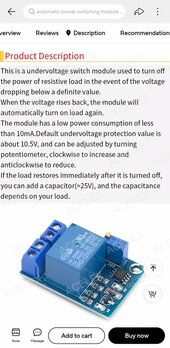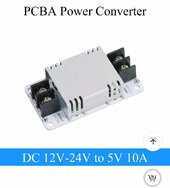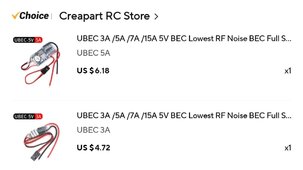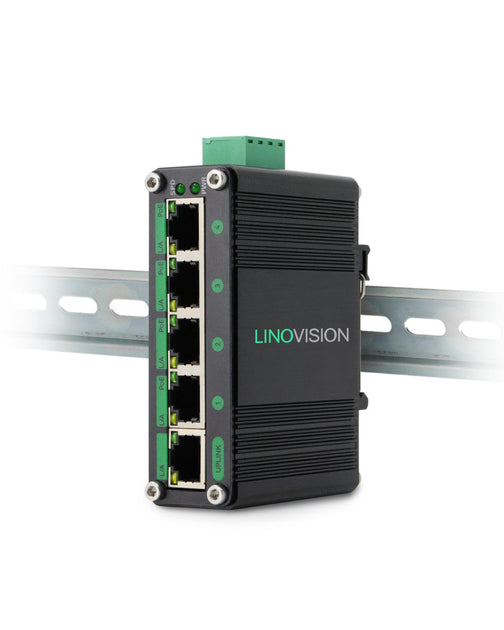Hi, I'm new here and need guidance.
I have 3 computers which I need ro keep running 24/7 because I'm using them as a server cluster. I have purchased a 100amp pwm solar charge controller and I have two batteries which I can use for this project. Details of my load and batteries are below.
1. Raspberry pi 5 drawing 5 volts 4 amps
2. Raspberry pi zero 2w drawing 5 volts 2 amps
3. Mini ethernet switch drawing 5 volts 1 amp
4. One single 12 volts 90 ah lead acid battery
5. One single 3.2 volts 72 ah CalB LifePo4 battery.
Those are the items i have on hand right now along with the 100 amp pwm charge controller. Please I need to know the right size of solar panels that I can purchase and wire up which would be able to provide enough power to directly supply current to the three devices I have as loads above during the daytime and then be able to recharge any one of/both of the batteries I have to be able to power the loads during the night when the sun goes down.
I am a complete novice in electrical matters but I am willing to learn. I do not have any cash right now to purchase an additional battery so I need to make do with the setup I have on hand right now and plan for an upgrade soon. I just have to purchase the right solar panel size and type to give me the juice I need to at least power my devices during the day and then I can depend on whatever my battery backup can give me at night for the time being.
I am in Africa, we have good sunshine most of the day. All my devices arr rated at 5 volts max. I fear I bought an oversized pwm charge controller for my setup (100 amps) hence my worry that I might have to splurge on solar panels to feed such a hungry controller.
My humble questions are thus, can I use a lower rated solar panel with the 100 amp controller? Is there a minimum wattage of panels that can be used on the 100 amp controller? Will it hurt the system if I under-feed the controller power from the panels? I don't think I have the cash to buy anything more than a 150 watt panel at the moment but I desperately need this system up and running one way or the other.
Tha is all. I appreciate your advice.
I have 3 computers which I need ro keep running 24/7 because I'm using them as a server cluster. I have purchased a 100amp pwm solar charge controller and I have two batteries which I can use for this project. Details of my load and batteries are below.
1. Raspberry pi 5 drawing 5 volts 4 amps
2. Raspberry pi zero 2w drawing 5 volts 2 amps
3. Mini ethernet switch drawing 5 volts 1 amp
4. One single 12 volts 90 ah lead acid battery
5. One single 3.2 volts 72 ah CalB LifePo4 battery.
Those are the items i have on hand right now along with the 100 amp pwm charge controller. Please I need to know the right size of solar panels that I can purchase and wire up which would be able to provide enough power to directly supply current to the three devices I have as loads above during the daytime and then be able to recharge any one of/both of the batteries I have to be able to power the loads during the night when the sun goes down.
I am a complete novice in electrical matters but I am willing to learn. I do not have any cash right now to purchase an additional battery so I need to make do with the setup I have on hand right now and plan for an upgrade soon. I just have to purchase the right solar panel size and type to give me the juice I need to at least power my devices during the day and then I can depend on whatever my battery backup can give me at night for the time being.
I am in Africa, we have good sunshine most of the day. All my devices arr rated at 5 volts max. I fear I bought an oversized pwm charge controller for my setup (100 amps) hence my worry that I might have to splurge on solar panels to feed such a hungry controller.
My humble questions are thus, can I use a lower rated solar panel with the 100 amp controller? Is there a minimum wattage of panels that can be used on the 100 amp controller? Will it hurt the system if I under-feed the controller power from the panels? I don't think I have the cash to buy anything more than a 150 watt panel at the moment but I desperately need this system up and running one way or the other.
Tha is all. I appreciate your advice.







